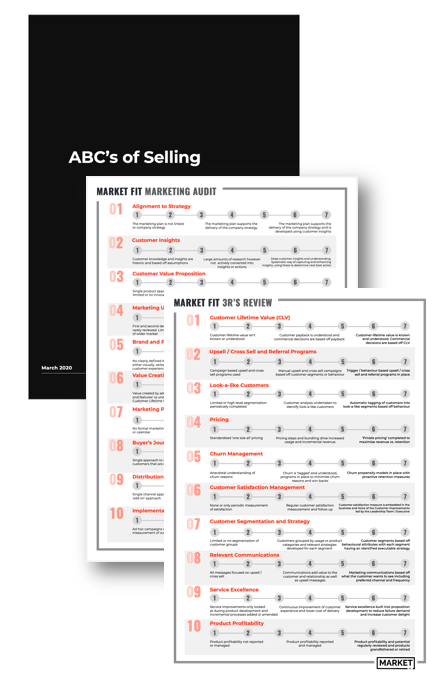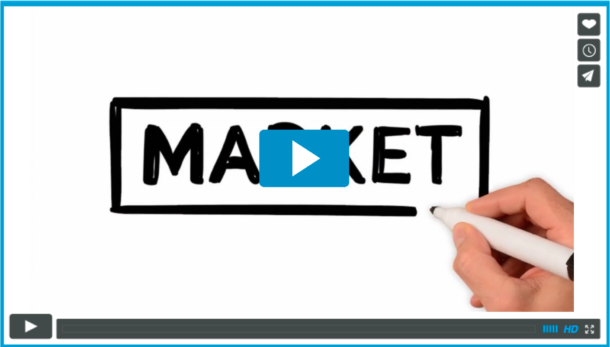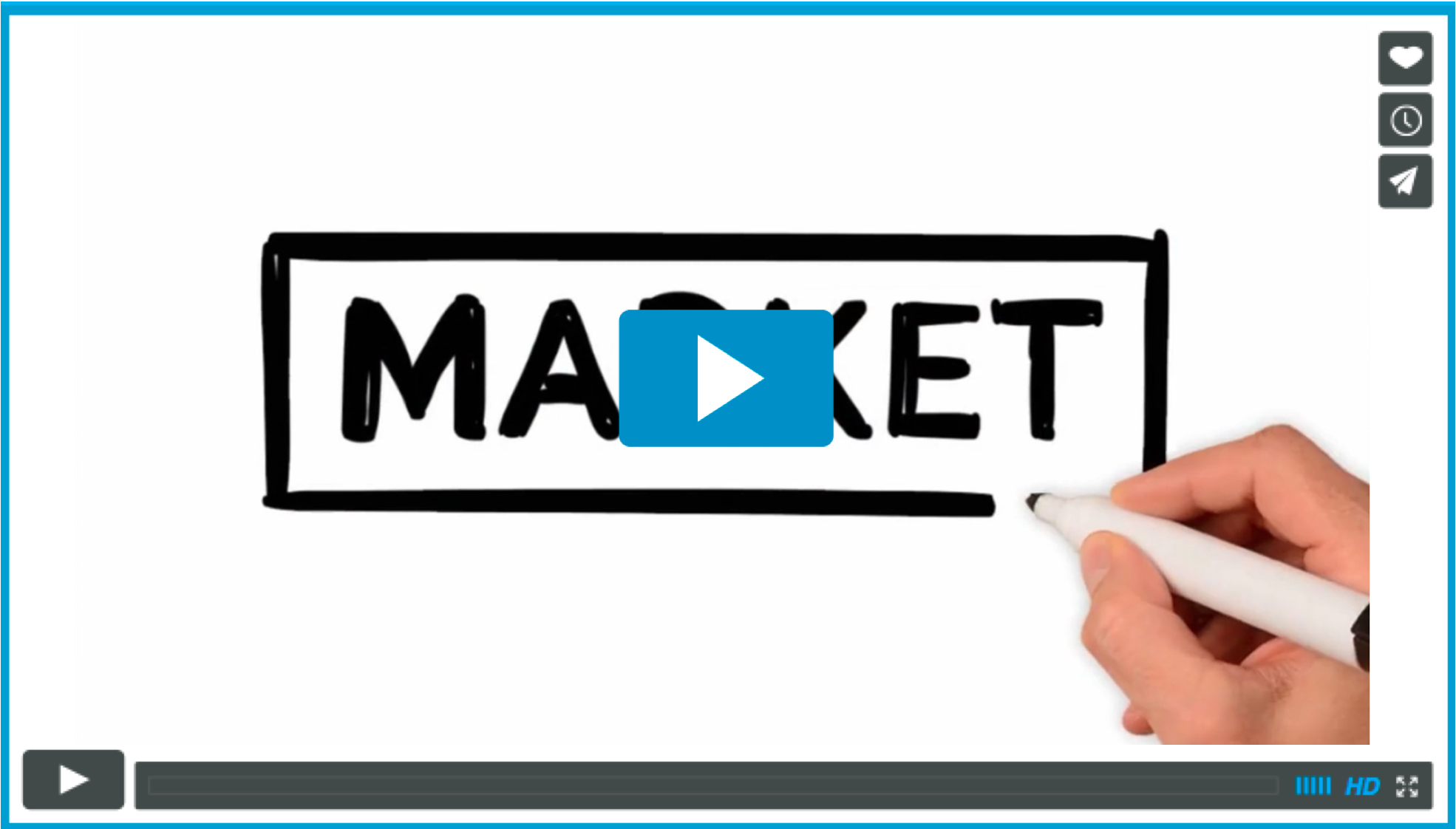You’ve probably seen the coverage on Unilever purchasing Dollar Shave Club for a cool $US1B… as one of the largest tech deals of the year it’s been written up extensively. This week I’d like to try a different tack and take a look at their underlying business model – subscription.
Incidentally, Dollar Shave Club started with one of the all time great viral videos. In a world where dogs and running coppers seem to have cornered this market, it’s worth remembering how powerful good video can be.
Dollar Shave Club took a high margin product (razors), a bloated value chain (traditional retail) and an innovative delivery model (direct to consumer). Putting these together, Dollar Shave Club figured out how to deliver razors directly to you, when you need for them, and for less. Direct delivery meant real value for consumers, passing on the traditional retailer (distribution) margins found in traditional supply models to consumers through pricing.
Dollar Shave Club also spent a bit of time working with my old favourite – the customer value equation (Value = Benefits – Costs). By changing the pricing model typically attached to a product from a price per item to an ongoing subscription price, Dollar Shave Club reinvented the concept of value around razors. A monthly fee gets your razors delivered to the door once a month – offering consumers value in reduced cost and time around buying razors.
Subscription is typically the domain of media (Netflix, Spotify) and cloud services. Importing it to retail means several advantages for Dollar Shave Club:
- A direct customer relationship, meaning:
- Capture of the customer email address and physical address allowing for direct communications
- Ability to upsell and cross sell
- More consistent and predictable revenue streams
- Predictable demand – letting Dollar Shave Club match supply directly to this
I have been following Dollar Shave Club since I first saw their YouTube video – annoyingly I thought I was excluded from using them as I lived in NZ. However, it looks like that’s changed. Searching around their Australian site I realised I could purchase, so long as I could accept NZ is a state of Australia…
Aside from that, they do a lot of things very well:
- Pricing : they use the Popcorn pricing model. Now, I completely get the psychology behind Popcorn, and yet I still optimised my pricing to the high end product.
- Savings : compared to my usual Schick blades, I save $10 per month, not life changing but equivalent to one month’s free basic Netflix
- Referral Marketing : time for a subtle hint… I’ve written before about the power of the power of referral marketing and social proof. For every customer that uses my unique linkI get a free month’s Dollar Shave subscription… I’m sold, and so should you be (hint hint hint)!
- Lifecycle Management : it is a little too early to be sure, but something tells me Dollar Shave Club will have a great lifecycle management program in place. My guess – they will start to entice me elsewhere into their product base through free samples of their other products.
Product based subscription pricing isn’t just the domain of razors. Categories as diverse as pet food, mens underwear and food have all had a go at this model. Here in NZ there are even guys trying to emulate Dollar Shave Club, the most successful being Shave Union.
But without doubt NZ’s standout product subscription service is MyFoodBag which started in 2013 and now has an estimated 35,000 customers and forecast revenues of $113m.
Key Takeaways
There are lots of product businesses that would love to move to a subscription pricing model. Success comes down to value
- What parts of your value chain can you remove to save cost (and pass on to the consumer)?
- How do you improve the service, and remove customer pain points (and I would give an extra 10x weighting to this point, it’s so important)?
- After that, it’s all about your marketing:
- How do you attract customers?
- How do you keep you customers happy?
- How do you retain customers?
- How do you upsell and cross sell to customer?
KS
PS: A few days after this post I received this email from dollar shave club. This is a great response from the company as they are not only monitoring online sits and social media, they are also responding.
Good morning Kursten,
My name is Tracey Davis, and I’m the community manager over at Dollar Shave Club. I’m reaching out about this article recently published on your site that highlighted us:
https://www.marketfit.co/2016/08/sign-me-up/
I can’t tell you how thrilled I was to see that time was taken to feature us! We take mentions from respected sources like you as huge compliments, and love that your readers will now have the chance to check us out.
In order to share more information with your readers and help answer any questions they might have about our brand, I was hoping that a reference to our razor page at https://www.dollarshaveclub.com/blades could be included within the post. We’re always looking to help answer questions that readers might have about our brand, and we’d love to serve as a helpful resource!
Please let me know if that’s a possibility. I’d also be more than happy to answer any questions you may have!
All the best,
Tracey
This post originally appeared on The Exponential Agency




